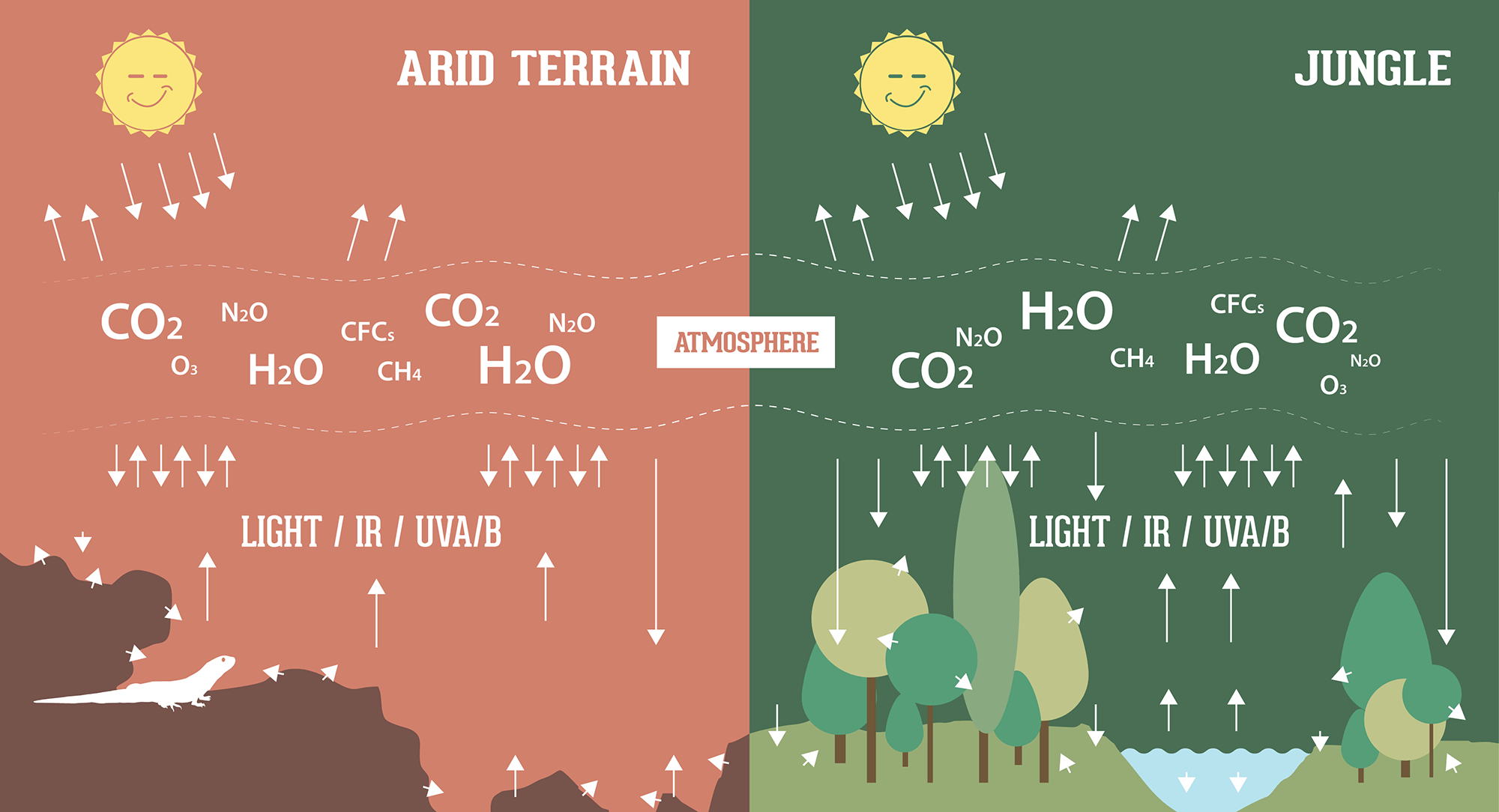ShadeDweller Lighting
Home | ShadeDweller | Lighting

The science of ethical and effective reptile keeping is changing
Historically, many species of reptile have been wrongly classed as being ‘nocturnal’ and subsequently have not been offered essential access to full-spectrum + UV-B lighting.
Species such as the leopard gecko and crested gecko are now commonly thought of as being ‘crepuscular’, active within the early to mid-morning and then again in the afternoon and evening. This makes them highly developed ‘partial baskers’ or ‘Shade Dwelling species’.
Due to the high quantities of UV energy found within the wild habitats, usable indexes of UV are available even in low levels of light and as daylight pushes into rock networks, local terrain and forests.
Animals have developed over long periods of time to be able to use this energy in the safest and most efficient way possible. This may include low level total exposure or only exposing part of the body while remaining secure in the habitat. These are high level advancements that start and regulate essential biological processes.
If a level of ‘energy’ is available to a species within its home range it will have developed a ‘use for’ and ‘level of protection against’ this energy within its natural development. As such, we can see a clear and unquestionable use for, and interaction with, the full-spectrum of terrestrial natural daylight. You cannot be exposed to natural light without being exposed to all of the terrestrial wavelengths from UVB to Infra-red B from the direct solar source.
Providing the correct level and type of exposure to full-spectrum + UV lighting will not only enable the internal production and use of vitamin D3 which is essential for accurate calcium absorption, but it also interacts with wider organ function, skin health and ‘activates’ colour vision in many species.
